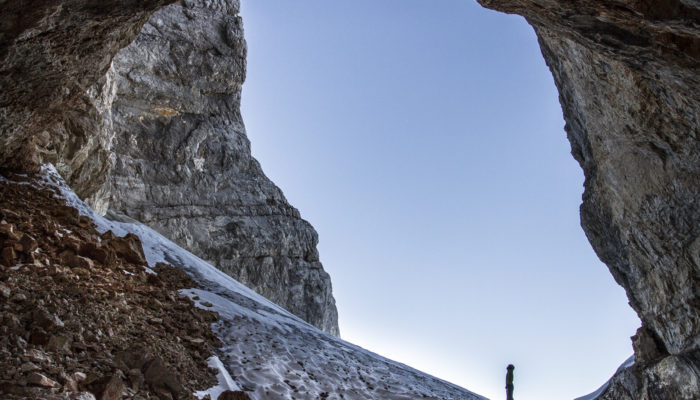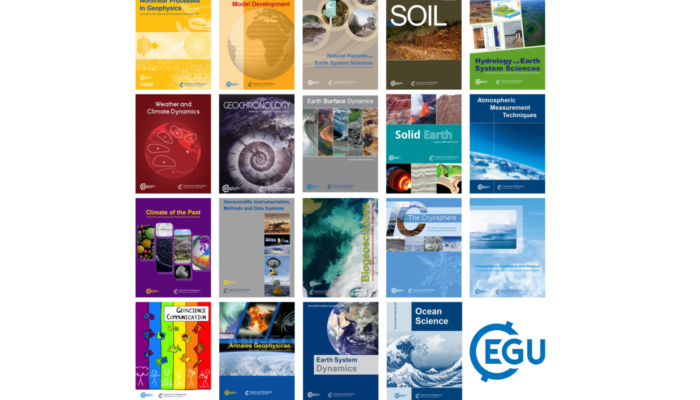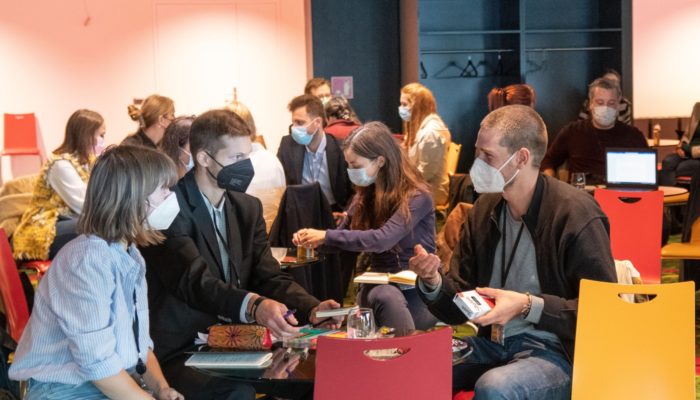Each month we feature specific Divisions of EGU and during the monthly GeoRoundup we will be putting the journals that publish science from those Divisions at the top of the Highlights roundup. For December, the Divisions we are featuring are: Cryospheric Sciences (CR), Soil System Sciences (SSS) and Tectonics and Structural Geology (TS). They are served by the journals: Geoscientific Model Develo ...[Read More]
GeoTalk: Meet Larissa van der Laan, glaciologist and science-artist!
Hi Larissa, thankyou for spending time with us today! To break the ice, could you tell us a little about yourself and your research? Ha, I see what you did there. I’m Larissa, she/her, 29, and a PhD candidate at the Institute of Hydrology and Water Resources Management in Hannover, Germany. I’ve been fascinated by snow and ice since I was little, writing my first ever school report and ...[Read More]
Imaggeo On Monday: Ice caves in high altitude karstic areas

High altitude karstic environments often preserve permanent ice deposits within caves, representing a lesser-known portion of the cryosphere. Despite being not so widespread and easily reachable as mountain glaciers and ice caps, ice-caves preserve a great deal of information about past environmental changes and paleoclimatic evolution. Since one of their main characteristics is to have ground-ice ...[Read More]
The European Science-Media Hub: Bringing scientists, journalists and policymakers together
This month’s GeoPolicy blog post introduces the European Science-Media Hub (ESMH) along with its key initiatives. It also takes a deeper dive into the organisation through a Q&A that we were thrilled to have with the Head of the European Parliament’s Scientific Foresight Unit Theo Karapiperis and the coordinator of the ESMH Svetla Tanova-Encke. In 2017, the European Parliament’s Panel f ...[Read More]



